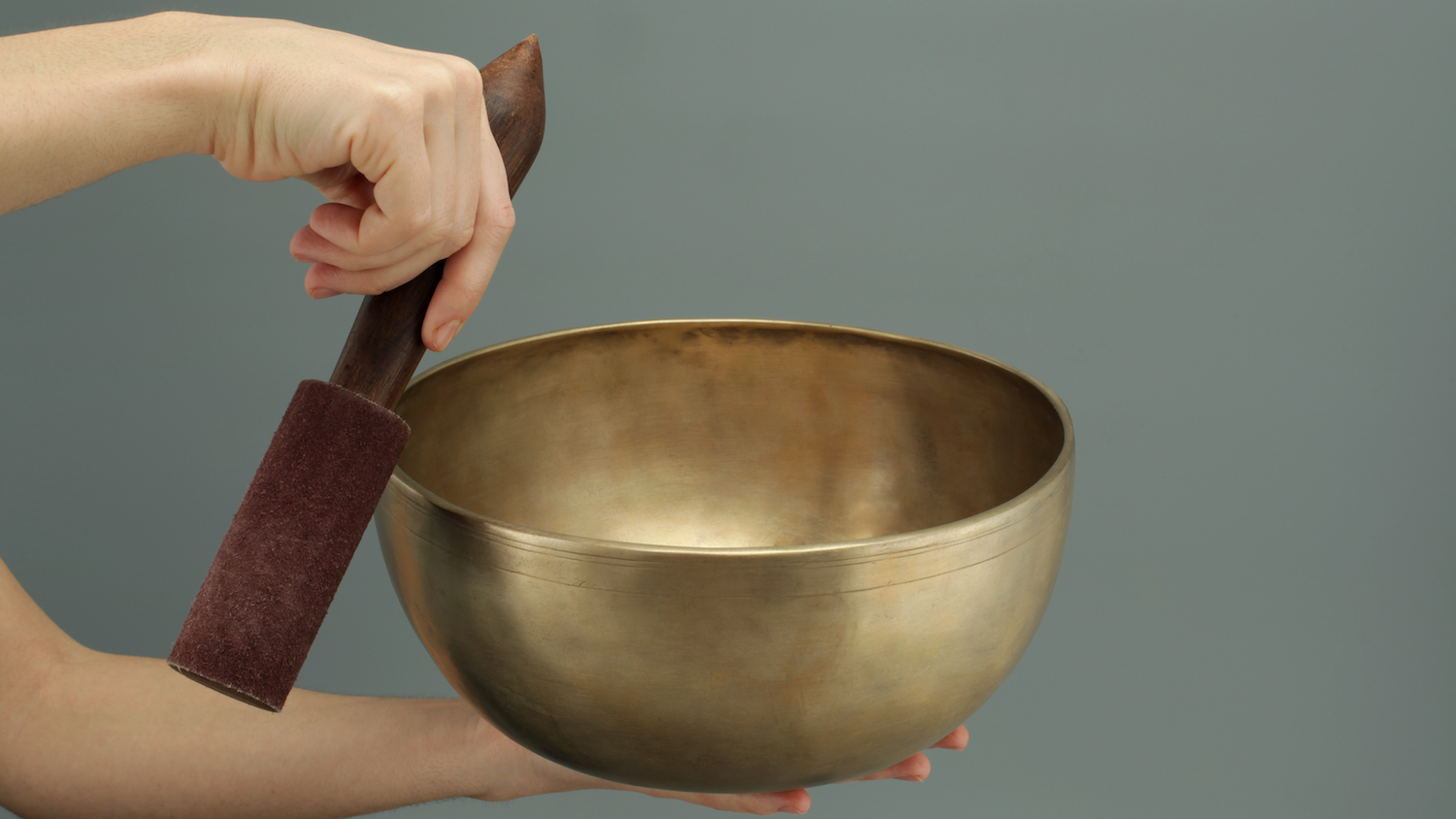Promoting High Vibrational Energy Through Sound Healing

What is Sound Healing?
Sound healing or music therapy, is a well-being method that many holistic practitioners use for body and energy healing. This may sound like a New Age discovery but using sound as a healing tool has spanned many civilizations. Tibetan Buddhists have used singing bowls for centuries to fine-tune the body’s energy centers. The effect is a balanced alignment between the physical body and the emotional mind.
Sometimes classified as energy medicine, sound healing believes illness manifests itself because of a blockage in the flow of energy. It also encompasses a belief in cellular memory. This suggests that the negative energy generated by past experience can enter the body and ultimately accumulate in the cells of organs and tissues. If this energy is not released, it can eventually lead to the malfunctioning of these organs and tissues.
The mechanism behind sound healing is based on a physical phenomenon called the entrainment principle. This principle states that any two vibrational energies will synchronize at a higher vibrational frequency. This is the same principle that allows two contiguous pendulum clocks to end up at the same pace. This phenomenon is widely recognized in chemistry, biology, and other life sciences. In humans, this leads to the regulation of body systems, including heart rate, respiration, and brain activity. In fact, research has shown that sound therapy increases alpha waves in the brain, which is associated with relaxation and improved immunity.
Some background about me
I started sound healing therapy a few years ago as a user. My main goal with sound healing was to harmonize my energy, balance chakras, reduce stress, and find relaxation. I mainly used to listen to Tibetan (or Himalayan) singing bowls – one of the strongest musical instruments for healing with vibrations and sound therapy. This sound healing method still is my favorite one. From the moment I started listening to the singing bowls, I noticed unpleasant symptoms such as throat irritations, certain headaches, nausea, etc. These are usually indicators of a cleansing process. Over time, these reactions disappeared and I began to feel more energetic, positive, calm, and relaxed. I still listen to the singing bowls every day.
With this experience I delver deeper into the topic and eventually became a practitioner. I am also a meditation and breathwork practitioner and I find sound healing as a wonderful complement to my other practices. While the goal of healthy healing is to achieve or restore health, it does not seek to do so directly. In other words, healthy healing is not a cure. Rather, the purpose of this form of therapy is to promote harmony between all systems of the body to create an environment in which healing can take place. Sound healing is also an integrative practice, and sessions may include complementary therapies such as Reiki and coaching.
Helping Sabrina
Sabrina is a young girl I met about a year ago. She was suffering from depression, anxiety, and a lack of energy. After some sessions with Sabrina, I learned she went through some deep childhood traumas. I recommended various holistic practices to help her, including therapy, yoga, reiki and sound healing. She found it was going to be difficult for her to do many things at the same time, so she wanted to try just sound healing first.
I taught Sabrina how to use Tibetan singing bowls. She started using them every day for about an hour (30 minutes after waking up and 30 minutes before going to bed). In the first 1-2 weeks, Sabrina reported several reactions in her body, which included nausea, sore throat, headaches, low-grade fever, among other symptoms. I knew this was a sign of healing, and many of these symptoms correlated directly to chakra healing symptoms. I supported her to keep going with the sound healing program as I knew her energy was cleansing.
Kickstarting change
After three weeks these reactions slowly disappeared and this young lady began to feel better and significantly more positive. This motivated her to start seeking help in other ways. She started therapy and started exploring various other holistic healing methods, including reiki and meditation. I stayed in touch with her and it was amazing to see the contrast. I knew sound healing didn’t heal her traumas, but it gave her the boost she needed to embark on her healing journey. We are still in touch with her and she is always grateful for how my practice was part of her healing process.
Aysel H.
Meditation coach. Yoga practitioner. Sound Healer.


Leave a Reply
You must be logged in to post a comment.